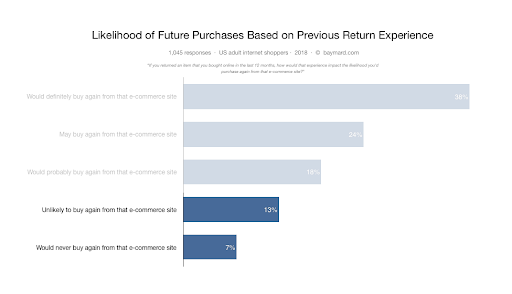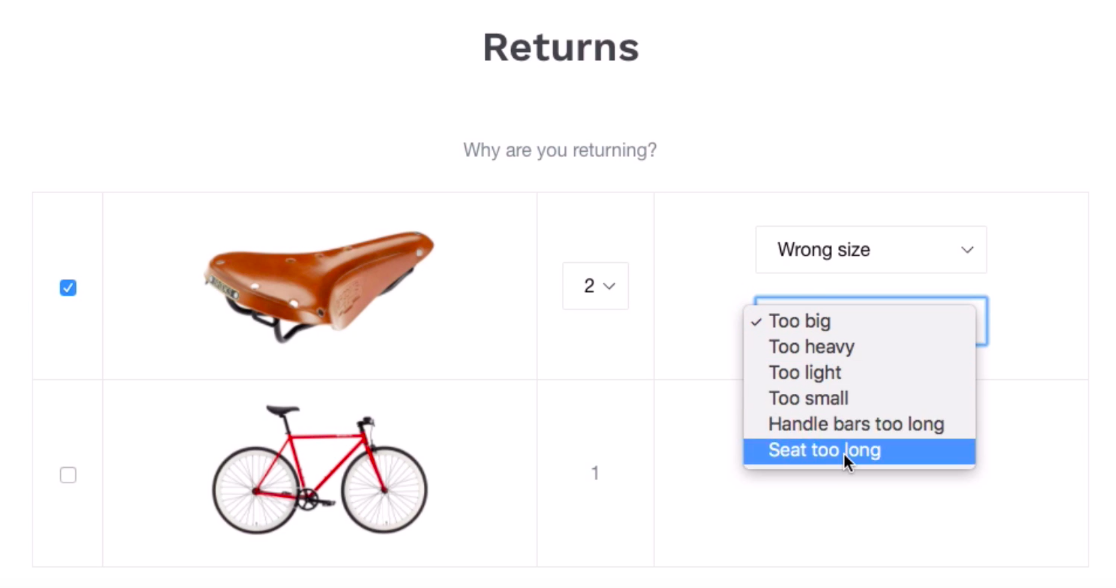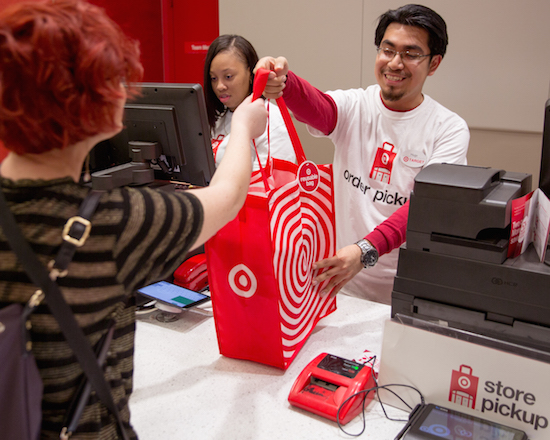Are you putting enough emphasis on post-purchase experience?
There’s a time lag for online retailers between purchase and package arrival that even Amazon Prime can’t eliminate. Unfortunately, customer experience during this time is often overlooked by brands.
It makes sense.
According to Retail Learning, retail brands spend almost 80% of their budget on attracting new visitors to their website, leaving a much smaller percentage to dedicate to the post-purchase experience. This often results in the brand passing the baton to shipping carriers whose expertise is in delivering packages, not providing a seamless digital experience.
However, the post-purchase experience shouldn’t be an afterthought. Ultimately, these are real customers, not potential customers. They thought enough of your brand to spend their hard-earned money with you. And don’t forget what you learned in Intro to Business: it’s more cost-effective to retain a customer than to convert a new one.
Does this sound like your brand? You are not alone. According to a CMO Council study, over 55% of consumers are not pleased with their online experience. Luckily, it’s not too late to improve how you interact with customers post purchase.
Here are 5 improvements you can make using the Zenkraft Post-Purchase platform:
1) Increase ease of returns
According to a survey by Slice Intelligence, return expenses and return effort are number 2 and 3 on the list of online shopper frustrations. Although brands are aware that consumers value a great return experience, over 50% of e-commerce sites still have a returns interface with substantial usability Issues. Even more concerning for brands with poor return processes is that 20% of users would never or are very unlikely to buy again from a company who has disappointed them with their site’s return experience.
The nature of e-commerce lends itself to a higher level of returns than traditional stores, where a customer can physically experience the product and establish a higher level of certainty that it meets their needs.
Processing returns can be costly for a business. RSR Research retail analyst, Paula Rosenblum, estimates that retailers lose a third of their revenue to returns, but losing repeat customers due to a difficult returns experience can end up costing your brand even more. According to the Adobe Digital Index, 40% of US e-commerce revenue comes from repeat customers.
To make your customer’s return experience as stress-free as possible, you can implement self-service returns using our post-purchase platform. This feature allows dissatisfied customers to generate a return label, save it, and print it off at home without having to speak with members of your customer service team.
You might have skimmed past the part about saving shipping labels. At first glance, it doesn’t seem like a big deal, but 67% of users want to print off their label at a later date and 65% of sites DO NOT have an easily identifiable way to save the label. This can significantly reduce stress for those customers who are in a rush or those without a printer in the home. We also recently started supporting QR codes, which eliminates the need for a printer.
Our post purchase platform also allows you to gather data on why items are being returned. For example, a shoe retailer could add a question about shoe fit to determine if a particular shoe runs small or large. This data can then be used to generate reports in Salesforce to identify your most returned products, serial returners, and reasons for returns that can be used to reduce returns, and, ultimately, improve customer experience.

2) Make tracking experience seamless
Confusing, disorienting, clunky, difficult. These are not the words that you want to be associated with your online user experience. But the fact is: sending customers to a shipping carriers landing page can be all of those words.
Despite the clear disadvantages of trusting carriers with this aspect of the customer experience, 21% of e-commerce sites outsource this vital function.
Zenkraft allows you to easily create a branded tracking page hosted on your domain instead of sending your customers to the shipping carrier’s site for tracking information.

Tracking pages built using our Commerce Cloud Cartridge can be quickly customized in accordance with your brand’s style guide, leaving no doubt in the consumer’s mind whose site they are on.
Additional tracking page features will be covered in each of the next 3 sections.
3) Tailor product offerings
With what seems like endless options, shoppers want a little bit of help. Consumers want the same tailored experience they get on Amazon and Netflix on your site. When it’s not tailored, consumers notice.
Customization has become such an integral part of a modern shoppers experience that “50% of consumers say they’re likely to switch brands if a company doesn’t anticipate their needs.”
And when brands DO customize each individual shopping experience with recommendations the results speak for themselves. According to a recent Salesforce study, “Visits where the shopper clicked a recommendation created 26% of ecommerce revenue.”
You might be thinking, “Customizing ads like Amazon sounds great. We will get to that after we build our second company headquarters.” It’s not as out of reach as you think. With Einstein recommendations, you can have this Amazon-like capability up and running in less than 10 minutes. Einstein recommendations is an AI-driven Salesforce feature that constantly studies visitor behavior to discover their likes and dislikes to learn which products individuals will be most interested in purchasing.
While most companies will talk about the value of these AI-driven recommendations on your product details page, we suggest using Einstein recommendations on your tracking page to boost revenue post-purchase. Using your tracking page as a marketing tool might seem weird at first, but Zenkraft believes tracking pages are a tool that brands can use to produce significant results. Just ask Icebreaker, which increased clicks by 40% and revenue by 28% by adding Einstein recommendations to their Commerce Cloud site.
4) Keep customers in the know
Consumers understand that delays can be unavoidable, but they don’t like being left in the dark. They are busy, after all. They have jobs, doctor’s appointments, and soccer games to get to. Receiving a package is just one of many items on their to-do list, and they don’t want to be stuck by their front door waiting for a delivery.
A bad experience between buying and unboxing can leave a blemish on the customer experience that has nothing to do with the quality of your product. This is especially true if your product is an inexpensive item because the hassle can quickly exceed the perceived value of the product being delivered.
To avoid a poor customer experience overshadowing your product, we suggest keeping your customers in the know early and often. According to Retail Learning, 40% of e-commerce shoppers check their shipping status one or more times per day after ordering.
It’s easy to keep your customers informed with our Commerce Cloud integration, which will automatically update the tracking page with the latest data from the carrier. Users will be able to see more significant shipping milestones such as: in transit, out for delivery, delivered, as well as a complete travel history of their delivery.
Additionally, your brand will be able to keep customers in the know by sending them notifications via their favorite messaging app or smart speaker. For more information on Zenkraft’s ecommerce shipping notifications, see our recent blog by clicking here.
5) Increase shipping options
The Baymard Institute found that the #1 reason for abandoning an online shopping cart is extra fees related to shipping, taxes, & fees. To counter this, brands must offer as many low cost/free options to customers as possible.
We know that’s easier said than done. That’s why we recommend adding a buy online pick up in-store (BOPIS) option to your tracking page! BOPIS, also known as “Click and Collect,” can be a cost-effective way to provide your customers with another free shipping option.
BOPIS has become very popular with online shoppers and they expect to see this option during checkout. According to Business Insider, the absence of in store pick up can cost you money, 50% of shoppers have determined where to shop based on the absence of BOPIS alone.
Brands like Home Depot, Walmart, and Target are doubling down on this trend, and it’s driving growth!
According to Target's COO, John Mulligan, investments in diversifying shipping options for their customers (via in-store pickup, drive up, and Shipt) accounted for nearly three-quarters of it’s 34% digital sales growth in Q2 of 2019.

Consumers love having choices, and BOPIS is definitely a choice your brand should provide to consumers because it can help you as much as it helps them.
BOPIS can help reduce shipping costs, shipping times, and drive customers into your brick and mortar stores, where 85% of BOPIS shoppers admit to giving in to the urge to impulse buy.
Zenkraft builds upon the standard BOPIS functionality in Commerce Cloud, which creates a smooth process where:
- Our platform automatically allocates a store to fulfill the inventory.
- Store staff claim the shipping order, and it's added to the fulfillment queue.
- Zenkraft notifies the customer that the shipment is ready for pickup.
You will also be able to customize your tracking page to provide a flawless experience for your customers who choose the BOPIS option. Rather than force the standard shipping process steps to “fit” BOPIS, we provide you with standard steps for this process (Order Placed, Store Preparing Order, & Ready for Pickup). Additionally, you can add specific store contact information, map functionality, and collect pickup feedback.
Conclusion
The period between the buy button and delivery is crucial for your business. Please don't overlook the importance of the post-purchase customer experience, and always remember that your responsibility to your customer doesn’t end when they hit “Place Order.”


